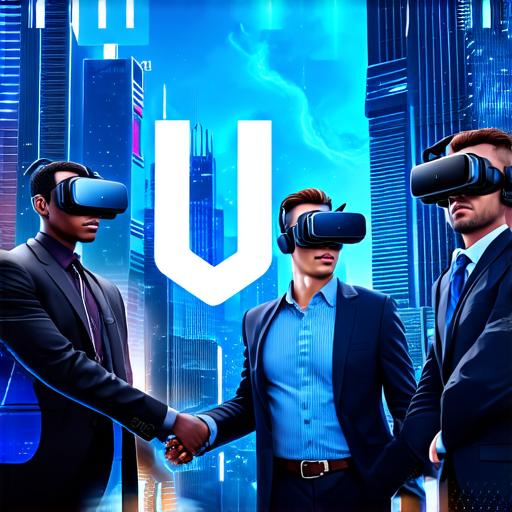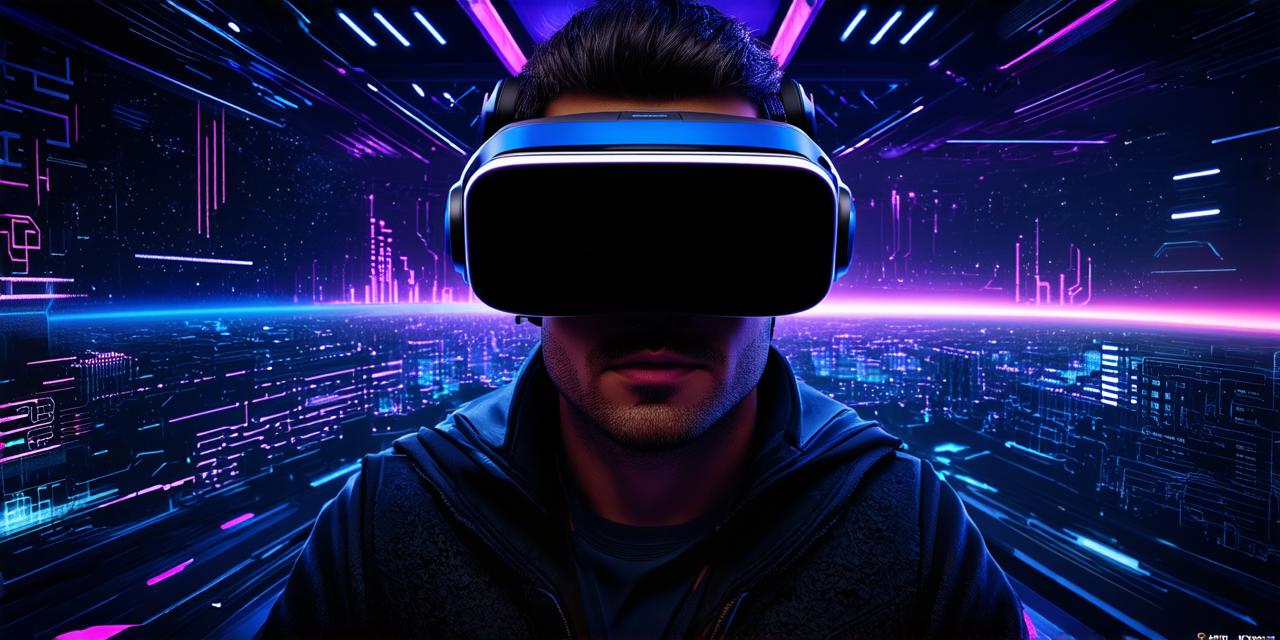Virtual reality (VR) technology has been rapidly advancing in recent years, and it’s no surprise that many people are looking for ways to incorporate VR into their daily lives. As a VR developer, you may be wondering how best to create immersive virtual experiences that transport users to new worlds and engage them on a deeper level. In this article, we will explore how Unity technology can help you achieve just that.
What is Unity Technology?
Unity is a popular game engine that allows developers to create both 2D and 3D games, as well as virtual reality experiences. It is an open-source platform that supports multiple programming languages, including C, JavaScript, and Boo, making it accessible to a wide range of developers. Unity also has a vast library of assets and tools that can be used to create engaging and interactive VR experiences.
Unity vs Other VR Platforms
While there are many different VR platforms available, including Unreal Engine and A-Frame, Unity stands out for its ease of use and versatility. Unity supports a wide range of devices, including Oculus Rift, HTC Vive, and PlayStation VR, making it accessible to a larger audience. Additionally, Unity has a large and active community of developers who regularly contribute new assets and tools to the platform, ensuring that you always have access to the latest and greatest technology.

Creating an Immersive VR Experience with Unity
To create an immersive VR experience with Unity, there are several key steps that you will need to follow:
-
Design Your Environment: The first step in creating a successful VR experience is to design the environment in which it will take place. This includes everything from the layout of the space to the placement of objects and the lighting conditions. It’s important to keep in mind that users will be fully immersed in the environment, so attention to detail is essential.
-
Create Interactive Elements: Once you have designed your environment, you can start adding interactive elements that will allow users to engage with the world around them. This could include things like buttons, levers, and other interactive objects that respond to user input.
-
Add Sound and Music: Sound and music are crucial components of any VR experience, as they help to create a more immersive environment. When adding sound and music to your VR experience, it’s important to choose elements that fit the tone and atmosphere of the environment you have created.
-
Test and Refine: Finally, once you have created your VR experience, it’s important to test it thoroughly and make any necessary changes based on user feedback. This could include things like adjusting the difficulty level or adding new interactive elements to keep users engaged.
Real-Life Examples of Unity in Action
There are many real-life examples of Unity being used to create immersive VR experiences. One such example is “Job Simulator,” a virtual reality game that allows users to experience what it’s like to work in a variety of different jobs. The game was created using Unity and has been downloaded by millions of people since its release in 2016.
The Future of VR with Unity Technology
As VR technology continues to advance, it’s likely that we will see even more innovative uses for Unity in the future. For example, Unity has already been used to create virtual reality simulations that allow medical students to practice surgical procedures in a safe and controlled environment. These simulations have been shown to be highly effective at improving student performance and reducing
